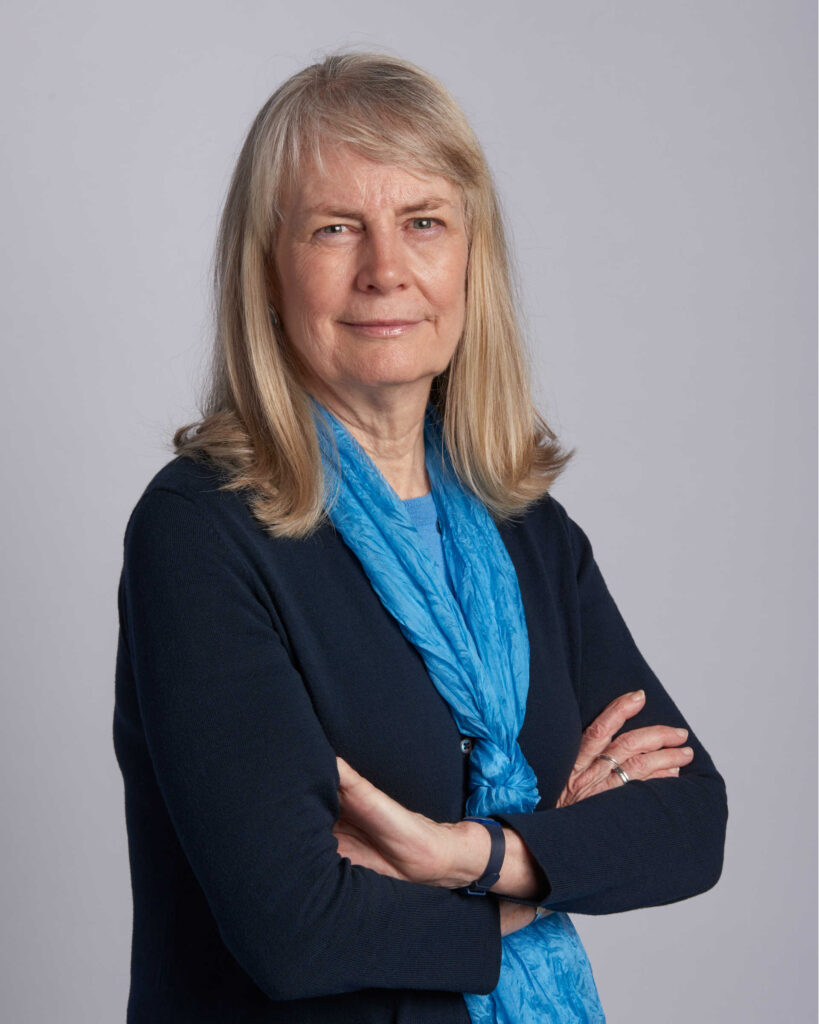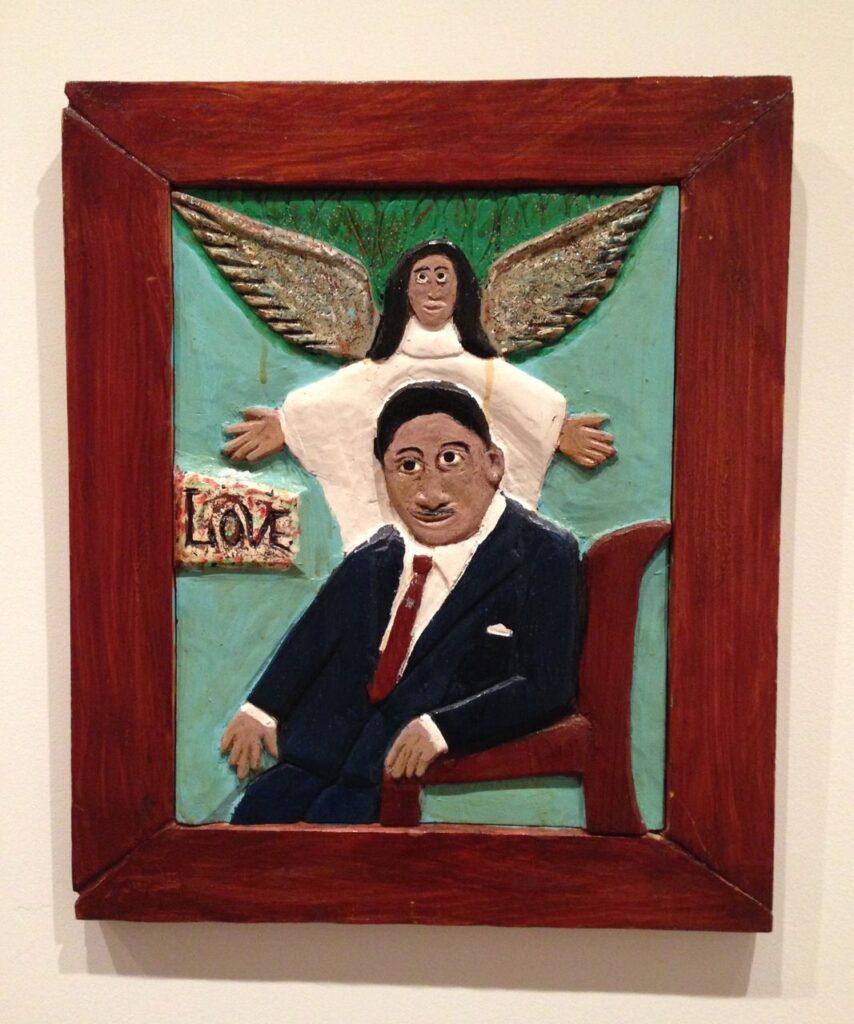We asked five curators at major institutions: How are you installing and considering folk and outsider art in the coming years?
Philadelphia Museum of Art
Kathleen A. Foster, Robert L. McNeil Jr. Senior Curator of American Art and Director of the Center for American Art

As we approach our 150th birthday in 2026, the Philadelphia Museum of Art looks back on a collection of folk and outsider art that dates to its earliest years, when it housed a school of industrial arts. Seeking inspiration for its students, the museum sought technical and formal virtuosity from international sources while avidly documenting American tradition and ingenuity. Trustee John T. Morris brought hundreds of Pennsylvania German objects to the museum beginning in 1892, founding one of the country’s most comprehensive holdings of regional folk art, while under the aegis of the visionary curator and director Edwin Atlee Barber, the first face jugs from South Carolina potters entered the collection in 1904.
Throughout the mid-twentieth century, as artists and collectors sought non-academic, “authentic” American sources to build a national visual ethos, the museum acquired “primitive” work of all kinds from modernists such as Edith Halpert, Louise and Walter Arensberg, and Albert E. Gallatin. The same taste from an Americana perspective added eighty-seven paintings and drawings from the collection of Edgar William and Bernice Chrysler Garbisch, including work by Ammi Phillips, William Matthew Prior, and scores of unknowns.

Most of this collecting looked to the past; the vision did not turn to the contemporary until after 1980, when the field began to take note of living artists, particularly from the American South. Curator Jack Lindsey hosted a major survey of self-taught art at the museum in 1998, adding two galleries of work from local collections. This led to landmark gifts from Jill and Sheldon Bonovitz, beginning in 2000, that have formed the basis of two major exhibitions, most recently Of God and Country, on view at the museum in 2023 and 2024, with works by Sister Gertrude Morgan, Elijah Pierce, Martín Ramírez, and many others. Likewise, a major gift-purchase from the Souls Grown Deep Foundation, first discussed with William Arnett in 2005 in the run-up to the success of the museum’s showing of Gee’s Bend quilts, led to a survey of these acquisitions in 2019, with work by Thornton Dial, Ronald Lockett, Lonnie Holley, and others. Curator Ann Percy, involved in these new collections, pioneered a major James Castle exhibition in 2009.
Such work is part of the DNA of the museum, and as we look to the opening in April 2026 of the renovated spaces for the American collections from about 1840 to 1950, folk and self-taught art will be integrated throughout the galleries. Entitled A Nation of Artists, the installation will celebrate the country’s many communities of artists and their diverse educational pathways. Academically trained painters like Thomas Eakins will be seen alongside those trained at home (including Native American potters and female needleworkers), on the job (such as Winslow Homer or William Edmondson), or in traditional or vernacular communities (Pennsylvania Germans, sailors). Among the modernists will be the independents—such as Minnie Evans, Elijah Pierce, Horace Pippin, and Bill Traylor—and a selection of Native American artists who sought modern forms that grew from traditional values. The goal, shared with many museums today, is a wider and more inclusive view of American creativity.

